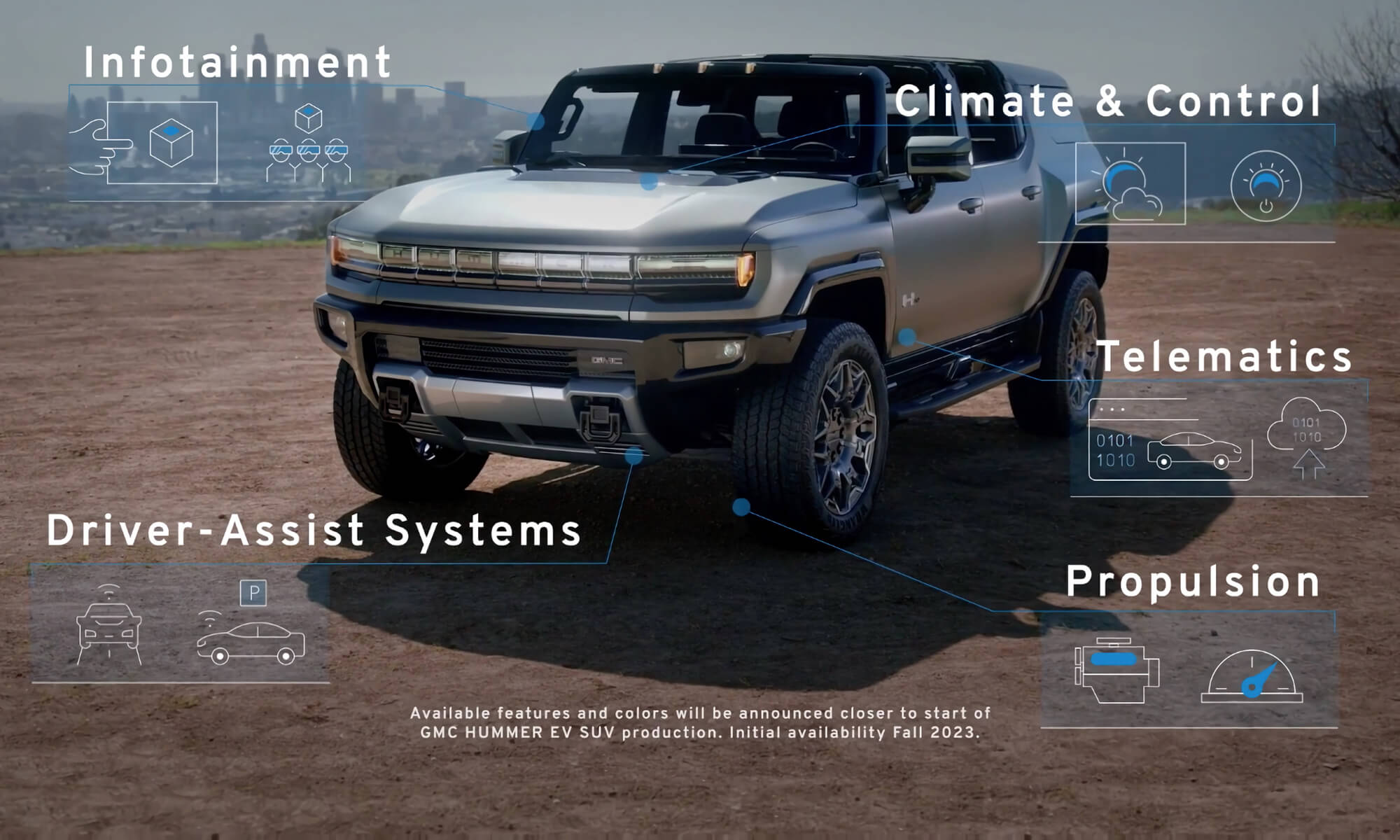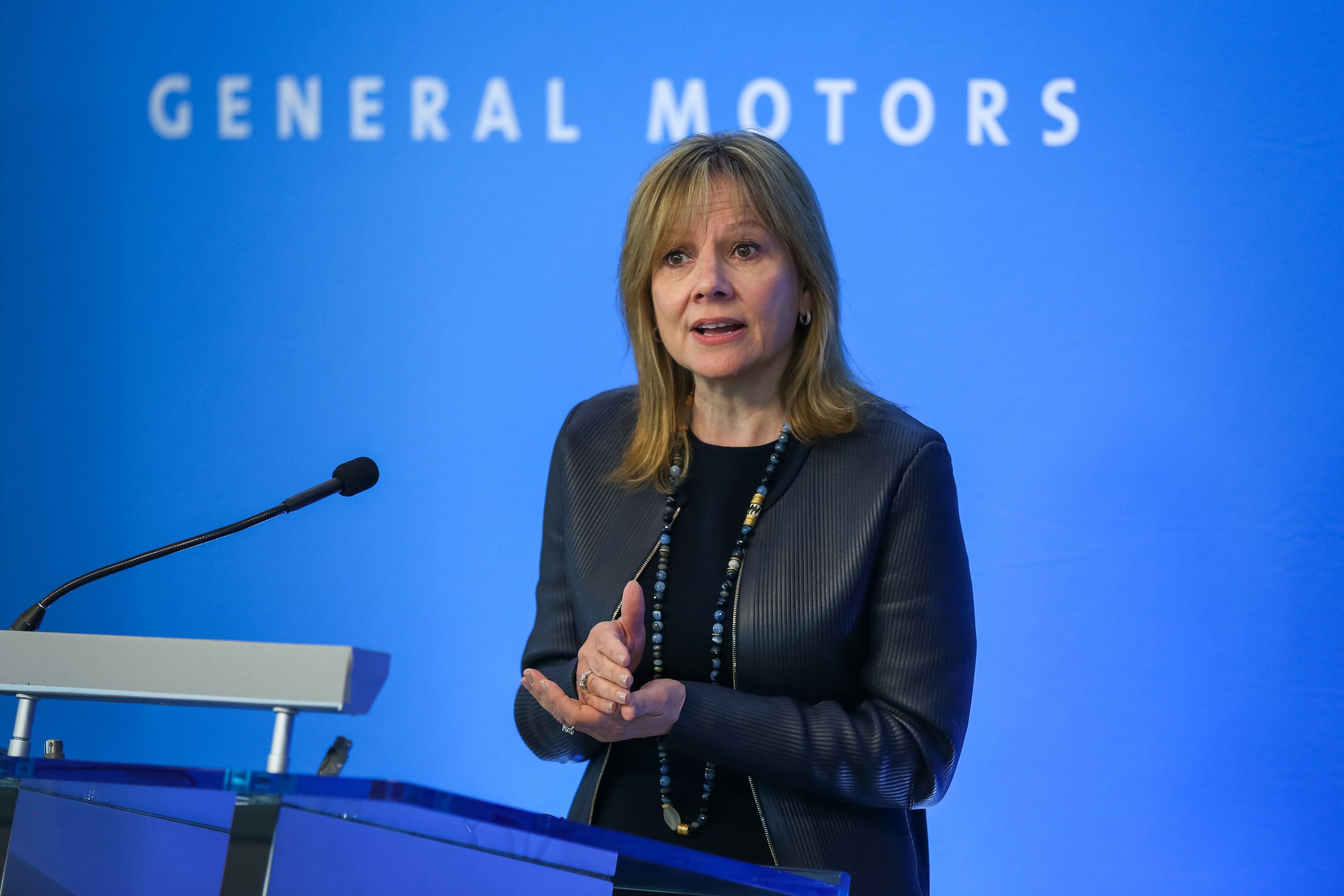Pay-Per-Use Performance: Inside GM’s Controversial Shift to Software-Defined Driving
When General Motors CEO Mary Barra casually noted that software-enabled features were seeing "subscription take rates exceeding expectations" during the Q1 2025 earnings call, it sounded like a bland corporate footnote.
But beneath that dry phrasing lies a radical shift in GM’s business model, one that could fundamentally alter how drivers interact with their vehicles, who really controls performance, and where the automotive industry’s future profits will come from.
This isn’t just about charging $14.99 a month for heated seats. GM’s Ultifi software platform, barely mentioned by name in the call, is quietly morphing into a Tesla-style profit engine, leveraging everything from AI-driven performance unlocks to the shadowy resale of driver behavior data.
And while Wall Street remains fixated on EV production numbers, the real story is GM’s accelerating pivot toward becoming a tech company that happens to manufacture cars.
The Rise Of The “Pay-to-Play” Powertrain

Buried in GM’s recent patent filings is a glimpse of this future: A system that allows drivers to temporarily purchase performance boosts—think 50 extra horsepower for an off-road excursion or optimized torque mapping for towing—all delivered via over-the-air updates and billed per use.
These filings align with GM’s broader push into software-defined vehicles and its Ultifi platform, which enables real-time feature activation and monetization. It’s part of a growing trend across the industry; turning cars into digital platforms where performance can be unlocked like an app.
Tesla has been a pioneer in software-based vehicle upgrades. They offer performance enhancements like the Acceleration Boost, which improves 0–60 times for a one-time fee, and subscription-based features like Full Self-Driving.
These are delivered via over-the-air updates, and while Tesla doesn’t currently do per-use billing, its VIN-linked software architecture has laid the groundwork for that kind of model.
BMW appears taking a different path, experimenting more with microtransactions. In some markets, they offered features like heated seats and adaptive cruise control as monthly subscriptions, which stirred quite a bit of backlash. They've also explored temporary performance boosts like short-term horsepower unlocks or enhanced torque for towing, especially in models like the i4 M60 and iX M60, which include paddles that give drivers a 10-second burst of extra power.
Mercedes-Benz has leaned into this model with its electric EQ lineup. Certain EQE and EQS AMG models offer temporary performance upgrades, such as boosting from 617 to 677 horsepower in the EQE 53.
In the U.S., Mercedes rolled out an annual $1,200 subscription that enhances acceleration on some EQ models. These upgrades are pushed via OTA software, and the company has hinted at charging for other dynamic features, such as rear-wheel steering or drive mode unlocks, on a per-use basis in the future.
Altogether, these brands are reimagining auto performance as something drivers can access dynamically; digitally unlocked, time-bound, and monetized. It’s a fundamental shift in how we think about car ownership and capability.
For GM, this is no longer hypothetical. During the earnings call, Barra hinted at "new software-enabled revenue streams" without elaboration.
But GM’s own intellectual property reveals plans for dynamic subscription tiers (where a base Silverado EV’s acceleration could be artificially capped unless the driver pays to "unlock" its full potential and geofenced performance (imagine your Corvette automatically gaining track-mode calibration when it detects you’ve entered a race circuit—for a $20 daily fee).
Critically, these features aren’t just conveniences; they exploit hardware that’s already physically present in the vehicle. It’s the automotive equivalent of your iPhone’s processor being artificially slowed down unless you pay Apple extra, a model that could generate 30-50% margins compared to the single-digit margins of actual car production.
Your Car Is Watching—And Selling What It Sees

Perhaps more consequential—and controversial—is CFO Paul Jacobson’s reference to "leveraging connected vehicle data." For context, it's important to remember Jacobson’s remark was tied to GM’s broader strategy of monetizing its Ultifi software platform, which enables over-the-air updates, subscription features, and data-driven services.
While framed as innocuous "product improvement," GM’s filings with the SEC and patent office suggest a far more ambitious (and lucrative) agenda, with insurance partnerships at the forefront. It predicts real time driving behavior (hard braking, acceleration patterns) being sold to insurers to customize premiums, with or without driver consent.
Urban planning monetization also comes into play, with municipalities paying for aggregated data on traffic flow, pothole detection, and charging station usage. It also predicts third-party targeting, with your infotainment screen suggesting Starbucks coupons not because you’re hungry, but because your biometric sensors detected drowsiness.
This explains GM’s heavy investment in Ultifi’s backend infrastructure. It’s not just about delivering updates, but creating a data pipeline that could eventually rival Facebook’s advertising ecosystem in its precision and invasiveness.
How to Opt Out: Protecting Your Privacy in the Subscription Car Era
1. Disable Connectivity Features
- Go to your vehicle’s settings and turn off Wi-Fi, Bluetooth, and telematics (e.g., OnStar).
- Check the owner’s manual for hardware disconnection steps (e.g., pulling a fuse).
2. Review Data Sharing Permissions
- Log into your automaker’s connected services portal (e.g., MyGM, BMW ConnectedDrive) and opt out of data collection.
- Decline "personalized offers" and third-party data sharing in privacy settings.
3. Use a Faraday Pouch
- Store your key fob in a signal-blocking pouch to prevent tracking when parked.
4. Avoid Subscriptions & Trials
- Skip "free trials" for connected services—activation often enables broader data harvesting.
- Buy used cars without active software subscriptions (features may be permanently locked).
5. Opt Out of Insurance Partnerships
- If your insurer offers "usage-based discounts," decline the dongle/app—these share driving behavior.
6. Monitor FTC Complaints & Recalls
The 2025 GM-OnStar settlement allows drivers to request data deletion. Submit claims via FTC.gov.
7. Support Right-to-Repair Laws
- Push for legislation banning feature locks. Independent mechanics may offer hardware overrides.
Remember: Even if you opt out, some data collection is unavoidable in modern vehicles. Consider older models or brands with minimal connectivity (e.g., base-trim Toyotas).
Why The Auto Industry Is Racing Toward A Subscription Dystopia

The push isn’t unique to GM. Tesla earns $2+ billion annually from software, while BMW’s heated-seat subscriptions sparked global outrage. But GM’s approach is distinct in three key ways:
1. Hardware Lock-Ins: Unlike Mercedes’ software-defined vehicles, GM’s Ultifi-enabled cars (like the 2025 Blazer EV) have physically segmented memory and processors, making aftermarket "jailbreaking" nearly impossible.
2. B2B Data Monetization: While Tesla keeps its data close, GM’s legacy supply chain relationships position it to become the middleman between drivers and insurers, advertisers, and cities.
3. Regulatory Arbitrage: By rolling out features slowly (starting with "free trials" of remote start), GM avoids the backlash BMW faced, while normalizing the idea that basic vehicle functions are privileges, not property.
Consumer advocates are already circling. Privacy groups have filed FTC complaints about GM’s "excessive data collection" in Ultifi-equipped vehicles, while right-to-repair advocates warn that subscription-locked features could kill independent repair shops (why pay a mechanic when GM can remotely "fix" your car—for a fee?).
In January 2025, the Federal Trade Commission (FTC) took formal action against GM and its OnStar subsidiary after finding that they collected and sold drivers’ precise geolocation and driving behavior data—sometimes as frequently as every three seconds—without properly informing consumers or obtaining their consent.
The FTC’s complaint followed consumer backlash and privacy group concerns, and it led to a proposed settlement that would ban GM and OnStar for five years from sharing this sensitive data with consumer reporting agencies, require affirmative consent before collecting connected vehicle data, and give consumers the right to access, delete, or limit the data collected from their vehicles.
But GM has a trump card: The 2030 Software Mandate. As federal regulators push for standardized vehicle-to-cloud connectivity (ostensibly for safety), GM is positioning Ultifi as the only compliant platform, a move that could force competitors to license its tech or face exclusion from the U.S. market.
What Drivers Don’t Know—And Why It Matters

The darkest implication of GM’s software pivot isn’t just cost but control. When your car’s acceleration, braking, and even cabin temperature are governed by ephemeral software licenses, resale values collapse (Who buys a used car when its best features require a credit card?), autonomy becomes conditional (Future GM robotaxis might refuse to drive in rain unless the fleet operator pays for "premium weather mode"), and the rich get faster (Performance becomes a subscription tier, not engineering).
While her audience saw Barra’s earnings call throwaway line—"We’re just beginning to monetize our software stack"—as a reassurance, the critical ear heard a warning.